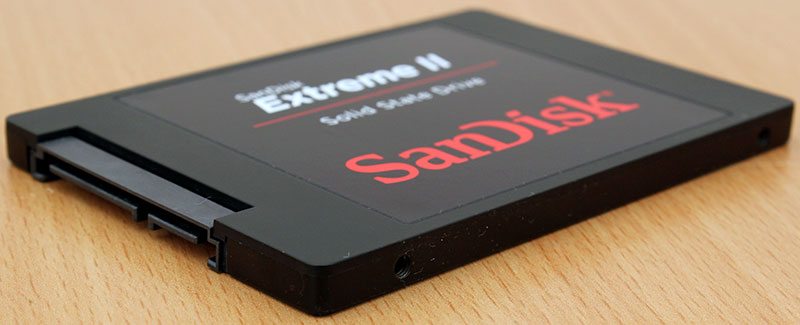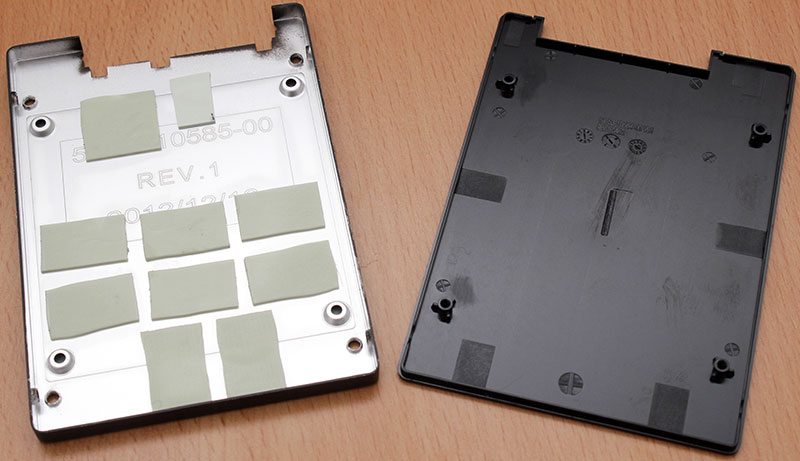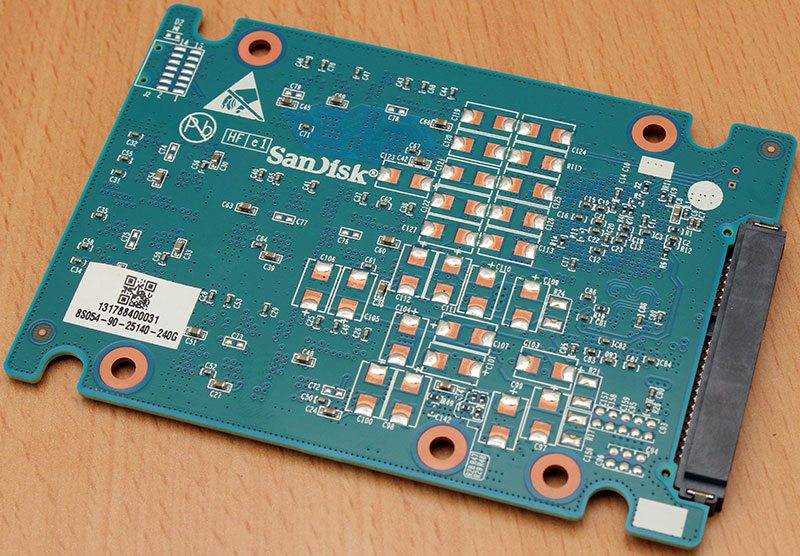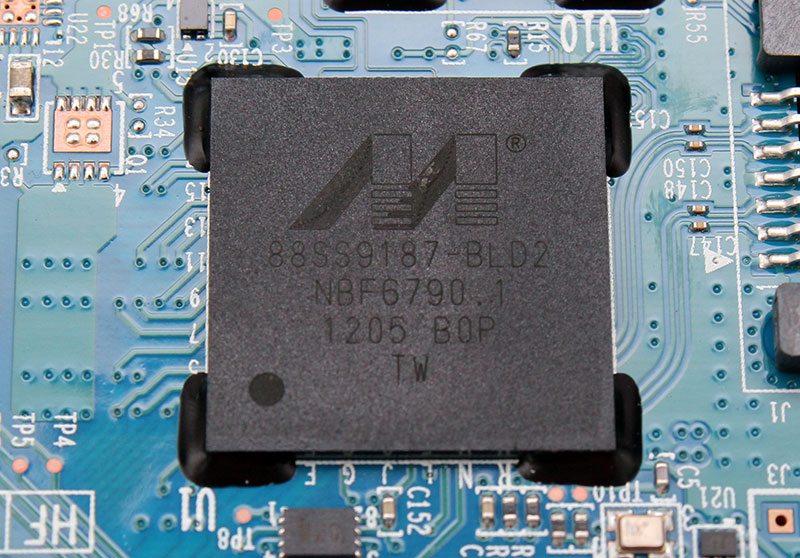Sandisk Extreme II 240GB Solid State Drive Review
Chris Hadley / 11 years ago
A Closer Look
Like so many other SSDs to come to market in recent months, the Extreme II follows the 7mm profile, making it ideal for ultrabooks alike. Sandisk do offer this drive in two retail options, either with a shim to convert the drive to a 9mm profile or a desktop mounting kit for a 3.5″ drive bay.

On the rear of the drive, a large sticker covers the four screws that hold the drive together and is also the warranty label as well.

Taking the case apart, the first thing that I note, apart from the very lightweight build is the large number of heat pads that SanDisk have used on every major component within the drive. These heatpads are there purely to aid in the cool operation of the drive as heat within storage drives can have a major impact on the drives heath in the long run.

Case aside and looking a little closer at the PCB itself, the Extreme II sees a totally remodelled PCB design due to the use of a Marvell controller as opposed to a SandForce controller that we have seen in the past. The upper side of the board is host to the controller, DRAM and eight NAND ICs which I’ll look more closely below.

The rear of the 240GB PCB is rather more plain with no major components to be found on this model. On the 480GB model, this area is likely to be used for further flash storage.

At the heart of the SSD lies one of Marvell’s 88SS9187-BLD2 ‘Monet’ controllers. This controller has taken place over the SandForce SF-2281 controller that we saw on the previous generation of Extreme SSDs.

Below the Marvell controller is a Samsung branded K4B2G1645E-BEK0 DRAM IC, which gives the drive 256MB of DDR3 1066MHz storage cache enabling the drive to run at faster speeds.

The flash itself is some of SanDisk.s own 19nm Toggle Mode MLC NAND. Each of the eight modules that are to be found on this particular board have a capacity of 32GB, which added up gives the drive a total storage capacity of 256GB. Due to the over provisioning that SanDisk have given the drive to reduce the performance degrade as the drive fills up, the advertised speed is 240GB which is commonly seen among SSDs.




















